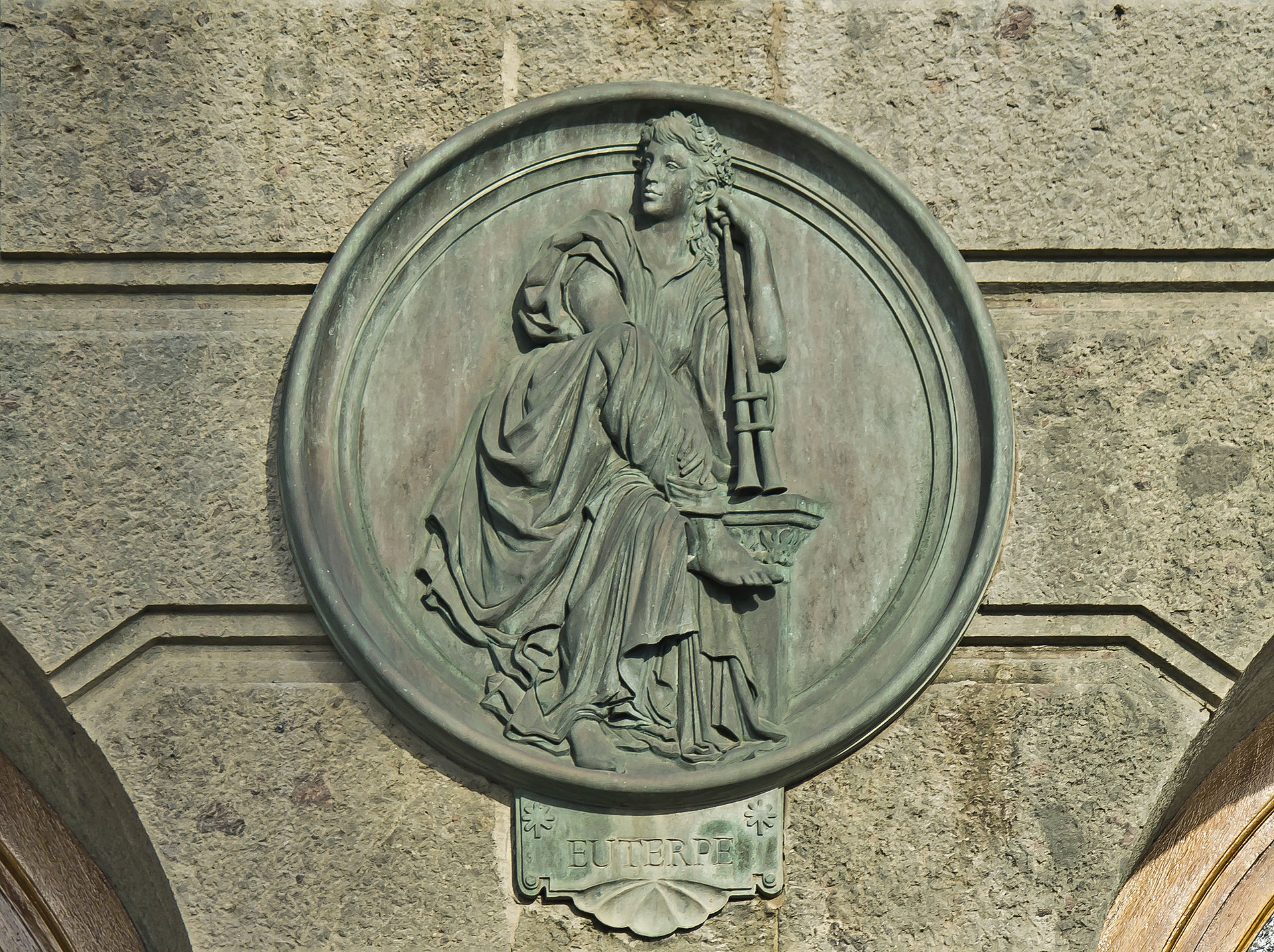Several weeks ago I was interviewed by Carolyn Stewart for American Purpose. One of her questions was: “Are there any overlooked aspects of classical architecture – whether an element of design, function, or ethos – that deserve to be rediscovered in the current moment?” That reminded me of President Trump’s recent executive order promoting the classical style for federal buildings, subsequently withdrawn by the Biden administration. The idea that we should learn from the past raised the ire of many at the time, but yesterday’s buildings do offer real lessons. One concerns the presence of art, a long tradition in architecture. Can you imagine the facade of Notre-Dame without the sculptural figures, or Palladio’s Villa Barbaro without Veronese’s frescoes and Marcantonio Barbaro’s facade decorations? Or, to cite a more recent example, Raymond Hood’s RCA Building in Rockefeller Center without Lee Lawrie’s evocative bas-reliefs. In the name of renouncing the past—and denouncing anything that smacks of decoration—modernism has largely done away with art, the lonely Henry Moore stranded on a plaza, notwithstanding. The problem is that when you strip away figural and allegorical ornament, what is left are mute building materials, mechanical-looking details, and abstract space. Sigfried Giedion extolled the virtues of pure space, but while space may fascinate the art critic it conveys little to the public. Ever since the Parthenon’s metopes, buildings have spoken through art, whether it is a statue of Justice in a courthouse, or of Euterpe the Muse of music in a concert hall; the latter is pictured here on the entrance facade of the Teatro Pérez Galdós in Las Palmas (built in 1890 by Francisco Jareño, architect of the National Library in Madrid). The presence of allegorical ornament not only increases visual delight, it does something even more important: it adds meaning.



Still happening:
https://library.uoregon.edu/architecture/oregon/xmaxwell, https://library.uoregon.edu/architecture/oregon/xeinstein, https://library.uoregon.edu/architecture/oregon/xnewton
These are very nice. They would be stronger if they were integrated into the architectural design rather than tacked to the wall, as it appears.